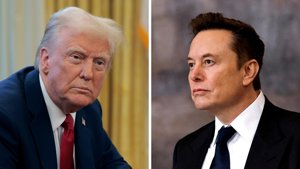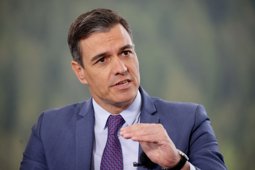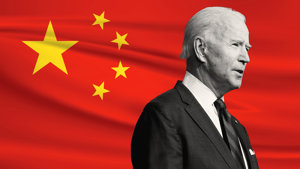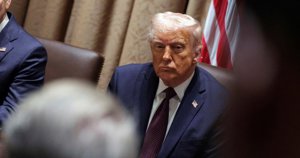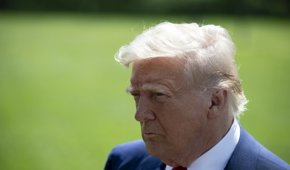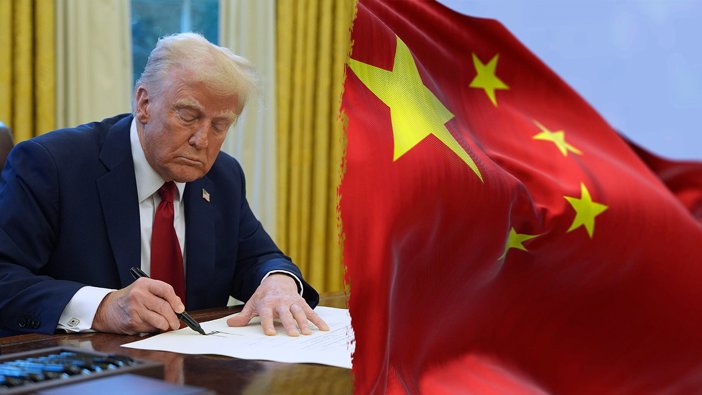
Trump: Tariff Cuts Up to China
United States President Donald Trump stated on Wednesday that any reduction in tariffs on Chinese goods will depend entirely on China’s willingness to cooperate. Speaking to reporters from the Oval Office, Trump explained that the precise tariff rates could be adjusted 'over the next two, three weeks,' though he stopped short of confirming if China’s levies would be restructured.
'We're dealing with a lot of countries right now ... right now it's 145% [for China], that's very high, it got there because of fentanyl,' Trump said. He added that he has a positive relationship with Chinese President Xi Jinping and expressed hope that a trade agreement could be reached. 'Hopefully they'll come here and contribute, and if they don't, that's okay. We'll set a price.'
In response, Chinese Foreign Ministry spokesperson Guo Jiakun stressed that no official negotiations are currently underway between Beijing and Washington on the issue of tariffs. Speaking during a press conference on Thursday, Guo urged the United States to end its 'threats' if it genuinely seeks dialogue. 'Respect is the condition for any negotiation,' he emphasized.
Guo also condemned the United States’ tariff measures, calling them a 'tsunami' and stating that President Trump’s duties on Chinese exports violate World Trade Organization (WTO) regulations. He reaffirmed China’s position that economic coercion would not yield constructive results and warned that isolating Beijing through tariffs would only worsen global trade tensions.
The comments from both sides highlight an escalating standoff over trade policy, with each nation blaming the other for stalled progress. While Trump presents the possibility of a flexible tariff future, China demands respect and adherence to international norms before returning to the negotiation table.
As global markets watch closely, the potential for renewed talks remains uncertain, hinging on diplomatic tone and tangible policy shifts from both capitals.

